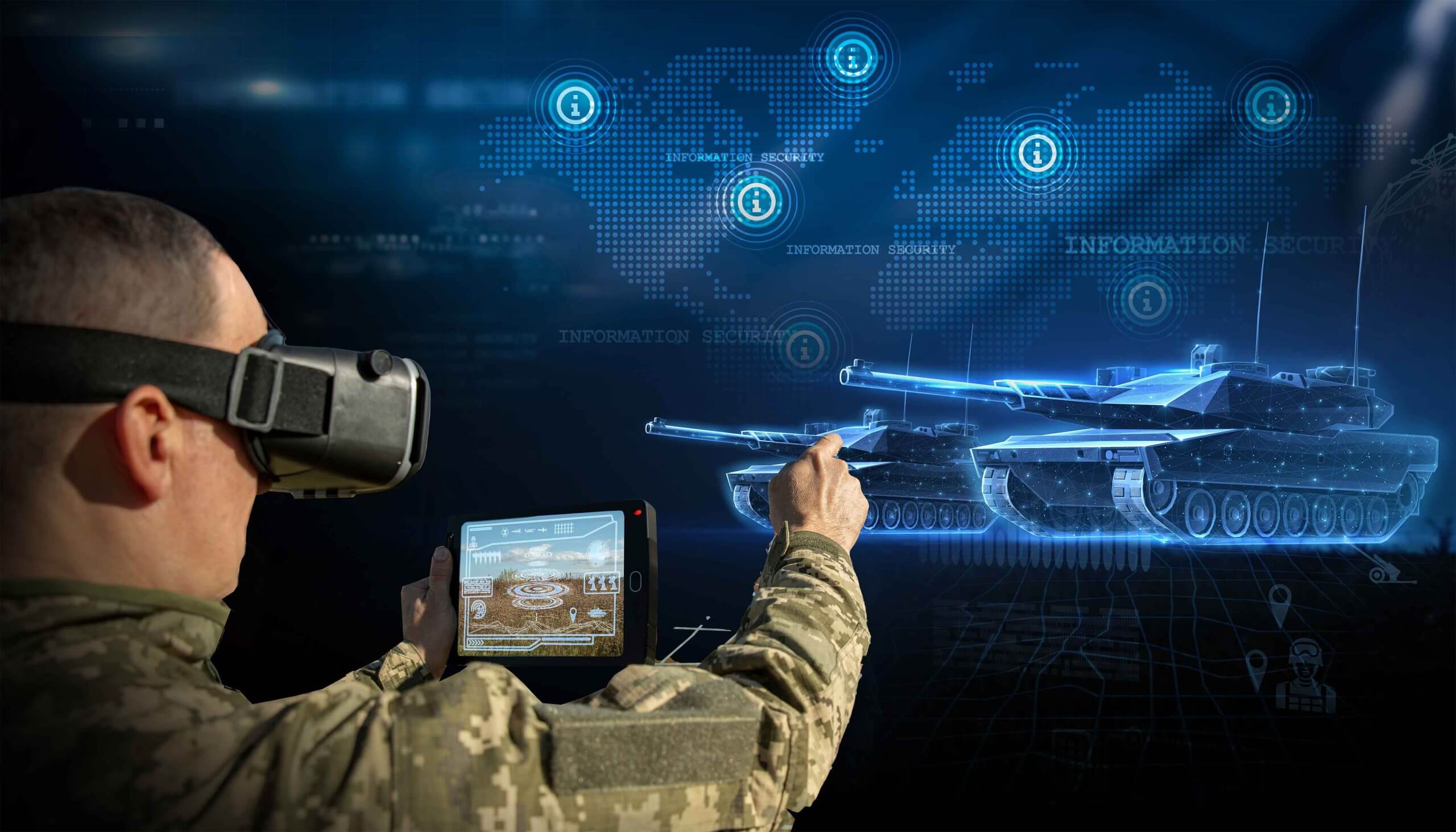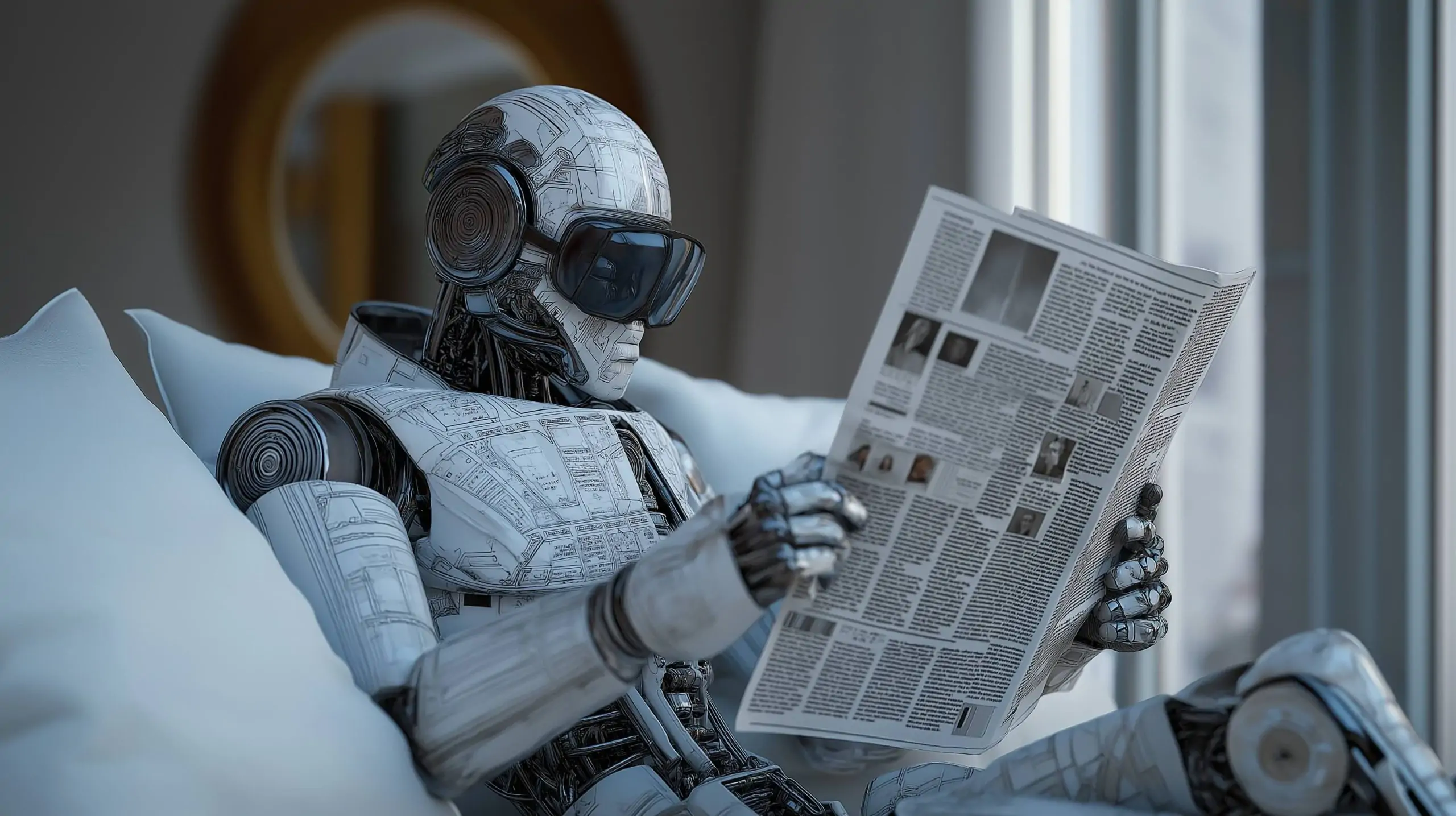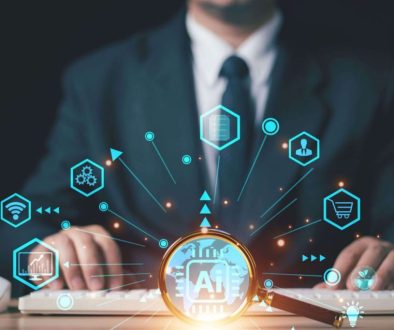The Digital Frontier of 2025: How Technology and the Web Are Redefining the Modern World
The year 2025 marks a pivotal moment in the evolution of technology and the web. Once tools for connection and information, they have now become the very fabric of modern society — shaping economies, influencing culture, and transforming industries at every level. From the rise of artificial intelligence and blockchain to the expansion of Web3 and immersive digital experiences, the tech and web landscape is rewriting the rules of innovation and interaction.
This article explores the latest trends, breakthroughs, and challenges defining the digital world in 2025 — and how businesses, creators, and everyday users are adapting to this fast-changing environment.
1. Web Evolution: From Web2 to Web3 and Beyond
The web as we know it has undergone massive transformation over the past decade. Web2, defined by social media, cloud computing, and centralized platforms, gave rise to global giants like Facebook, YouTube, and Amazon. However, by 2025, we are firmly entering the Web3 era — a decentralized internet built on blockchain technology, smart contracts, and user ownership.
In Web3, control shifts from corporations to individuals. Users can own digital assets, trade tokens, and even participate in platform governance through decentralized autonomous organizations (DAOs). This democratization of the web is fostering new business models in areas like digital identity, finance, and content creation.
Major tech companies are now investing in hybrid Web2-Web3 ecosystems. Meta, for instance, has incorporated blockchain-based tools into its platforms, while startups like Lens Protocol and Arweave are pioneering decentralized social networks where users truly control their data.
Despite its promise, Web3 faces challenges such as scalability, user education, and regulatory uncertainty. But one thing is clear — the decentralized web is no longer a distant dream; it’s becoming a functional part of the global digital economy.
2. Artificial Intelligence: Powering the Intelligent Web
AI is no longer a futuristic concept — it’s the backbone of the digital revolution. From generative AI tools that create text, images, and code, to predictive algorithms shaping online experiences, artificial intelligence defines how we interact with the web in 2025.
Platforms like ChatGPT, Gemini, and Claude are transforming search, learning, and creative industries. Businesses are using AI for customer engagement, data analytics, and automation, while developers are integrating AI APIs into websites and apps to deliver smarter user experiences.
One of the most significant developments is the rise of AI-driven personalization. Websites and digital services are now capable of adapting in real time to a user’s behavior, interests, and even emotional state. This leads to hyper-personalized experiences — but also raises ethical questions about privacy, consent, and manipulation.
As AI becomes more embedded in online systems, the next frontier is AI governance — ensuring transparency, fairness, and accountability in algorithmic decision-making. Nations are racing to regulate AI while fostering innovation, setting the stage for a delicate balance between progress and protection.
3. The Internet of Everything: A Connected World
The web has expanded beyond screens into the physical world. The Internet of Things (IoT) has evolved into the Internet of Everything (IoE) — connecting devices, systems, and people in a seamless digital ecosystem.
Smart homes, wearable devices, autonomous vehicles, and industrial sensors now communicate through ultra-fast 5G and emerging 6G networks. This connectivity enables data-driven decisions at an unprecedented scale, powering industries from healthcare and agriculture to logistics and urban development.
For example, smart cities are using real-time data to manage energy, waste, and transportation systems more efficiently. In manufacturing, IoT-enabled factories — often referred to as “Industry 4.0” — are optimizing production through predictive maintenance and machine learning.
However, this hyper-connectivity comes with growing cybersecurity risks. The more connected we become, the more vulnerable systems are to hacking and data breaches. Cyber resilience, therefore, has become one of the top priorities for governments and corporations in 2025.

4. Cloud Computing and Edge Technologies: The New Infrastructure
Cloud computing remains the digital backbone of modern technology, but 2025 has seen the rapid rise of edge computing — bringing data processing closer to the source rather than relying solely on centralized data centers.
This shift improves latency, efficiency, and privacy, making it essential for real-time applications such as autonomous vehicles, AR/VR, and healthcare monitoring. Tech giants like Amazon Web Services (AWS), Google Cloud, and Microsoft Azure are integrating edge solutions into their platforms to meet growing demand.
Meanwhile, quantum computing is inching closer to practical reality. Though still in its infancy, quantum systems promise to revolutionize computing power, enabling breakthroughs in cryptography, material science, and artificial intelligence. By 2025, hybrid systems that combine classical and quantum computing are beginning to emerge in research and enterprise settings.
5. The Metaverse: Redefining Digital Interaction
The concept of the metaverse — a persistent, shared digital universe — has evolved from a buzzword to a multibillion-dollar industry. In 2025, virtual and augmented reality technologies are enabling immersive web experiences across entertainment, education, commerce, and work.
Companies are building 3D digital environments where users can attend meetings, concerts, or even shop for virtual goods using digital currencies. Apple’s Vision Pro and Meta’s Quest 4 have redefined how we engage with virtual spaces, while platforms like Roblox and Fortnite continue to push the boundaries of user-generated virtual worlds.
Yet, the metaverse faces questions of accessibility, inclusivity, and safety. As virtual economies grow, ensuring fair digital property rights and preventing online exploitation remain major challenges for regulators and developers alike.
6. Cybersecurity and Digital Privacy in a Post-Trust Era
As our digital footprint expands, so does the threat landscape. Cybersecurity in 2025 is no longer a technical issue—it’s a societal one. Data breaches, ransomware attacks, and AI-powered phishing schemes are increasing in frequency and sophistication.
Organizations are turning to zero-trust architectures, biometric authentication, and AI-driven threat detection to safeguard systems. Governments are also enacting stricter privacy regulations to give users more control over their data. The European Union’s Digital Services Act (DSA) and new global privacy frameworks are shaping how tech companies collect, store, and use information.
For individuals, digital literacy and security awareness have become as essential as basic computer skills once were. The web of the future demands not just innovation, but responsibility.
7. The Future of Work in a Digital World
Technology continues to reshape the workplace. Remote work, supported by cloud platforms, virtual offices, and collaboration tools, remains the norm for many industries. Artificial intelligence is augmenting human creativity — automating repetitive tasks and freeing professionals to focus on strategy and innovation.
Freelancing and the digital gig economy are thriving on platforms powered by smart contracts and decentralized payments, allowing global workers to earn securely without intermediaries.
Meanwhile, continuous learning has become vital. With technology evolving so rapidly, professionals must regularly upskill to remain competitive. Companies are investing heavily in employee training, recognizing that digital adaptability is now a key component of long-term success.
8. The Green Web: Sustainability Meets Technology
Sustainability is now a central pillar of technological innovation. Data centers are transitioning to renewable energy, tech companies are optimizing hardware for energy efficiency, and the concept of a “green web” — a sustainable digital ecosystem — is gaining traction.
Blockchain projects are moving toward proof-of-stake mechanisms to reduce carbon footprints, while cloud providers are offering carbon-neutral hosting solutions. As users become more eco-conscious, digital companies are being held accountable for their environmental impact.
This movement aligns with a broader societal shift toward ethical technology — where innovation must serve not only progress but also the planet.

Conclusion: The Web of Tomorrow Is Intelligent, Immersive, and Inclusive
The tech and web landscape of 2025 is a fusion of intelligence, interconnectivity, and innovation. Artificial intelligence powers decision-making, Web3 decentralizes control, and immersive technologies are transforming how we live and work.
Yet, the greatest challenge — and opportunity — lies in ensuring that this digital revolution remains human-centered. Technology should empower people, protect privacy, and promote sustainability, not widen divides.
As we stand on the threshold of an era defined by data, AI, and decentralization, the future of the web will depend not just on the code that builds it, but on the values that guide it. The digital world of tomorrow must be one that serves everyone — intelligent, ethical, and accessible to all.




